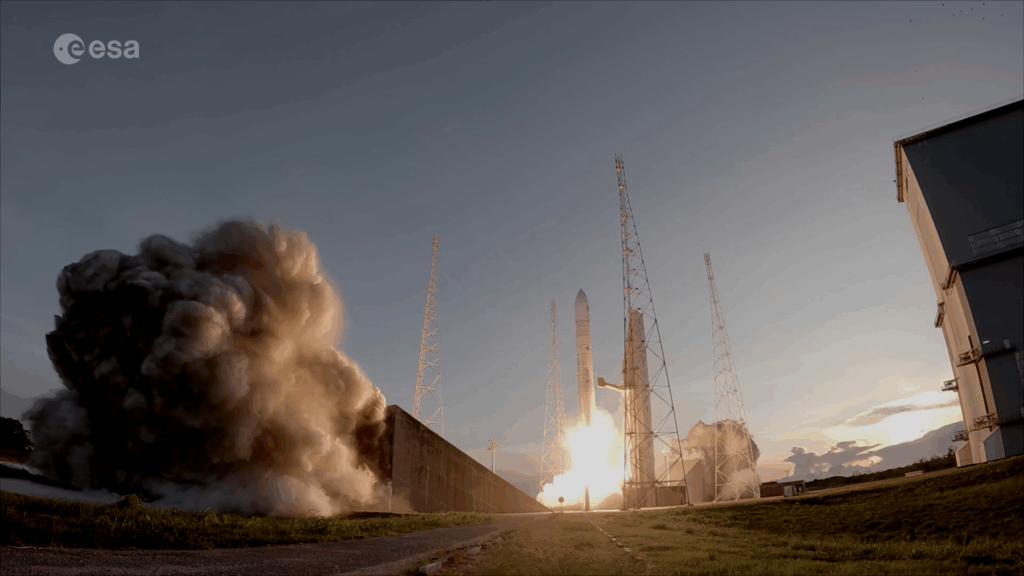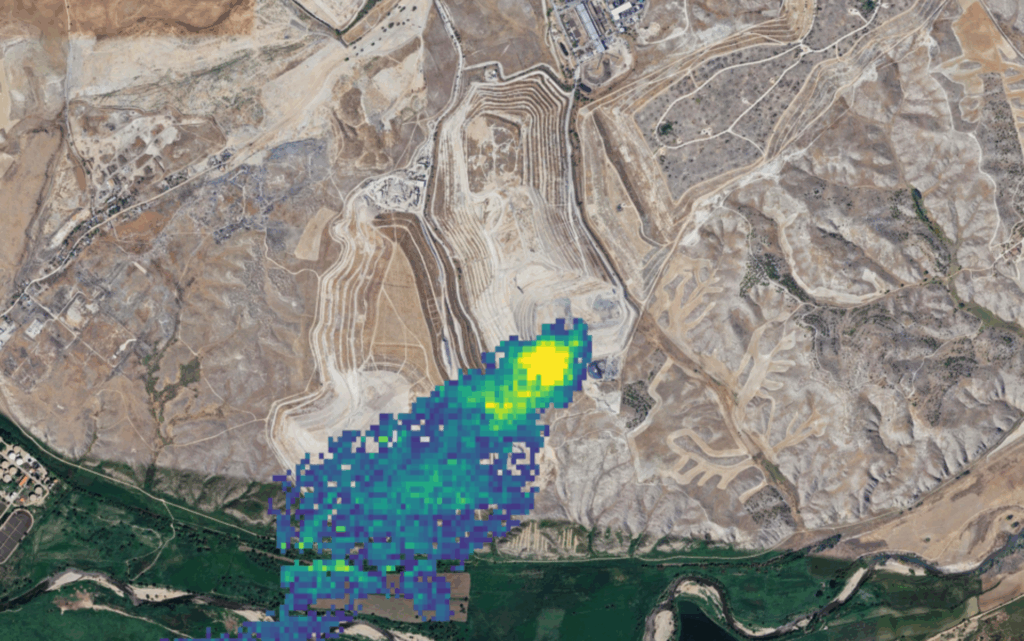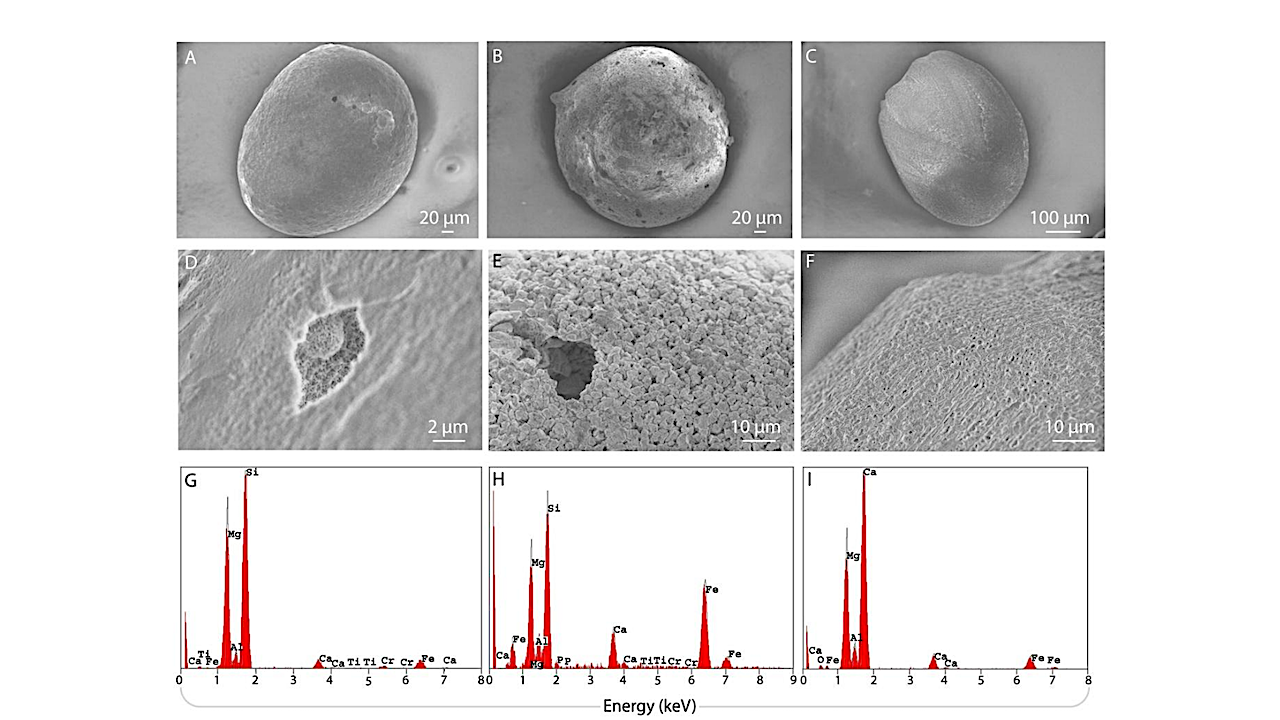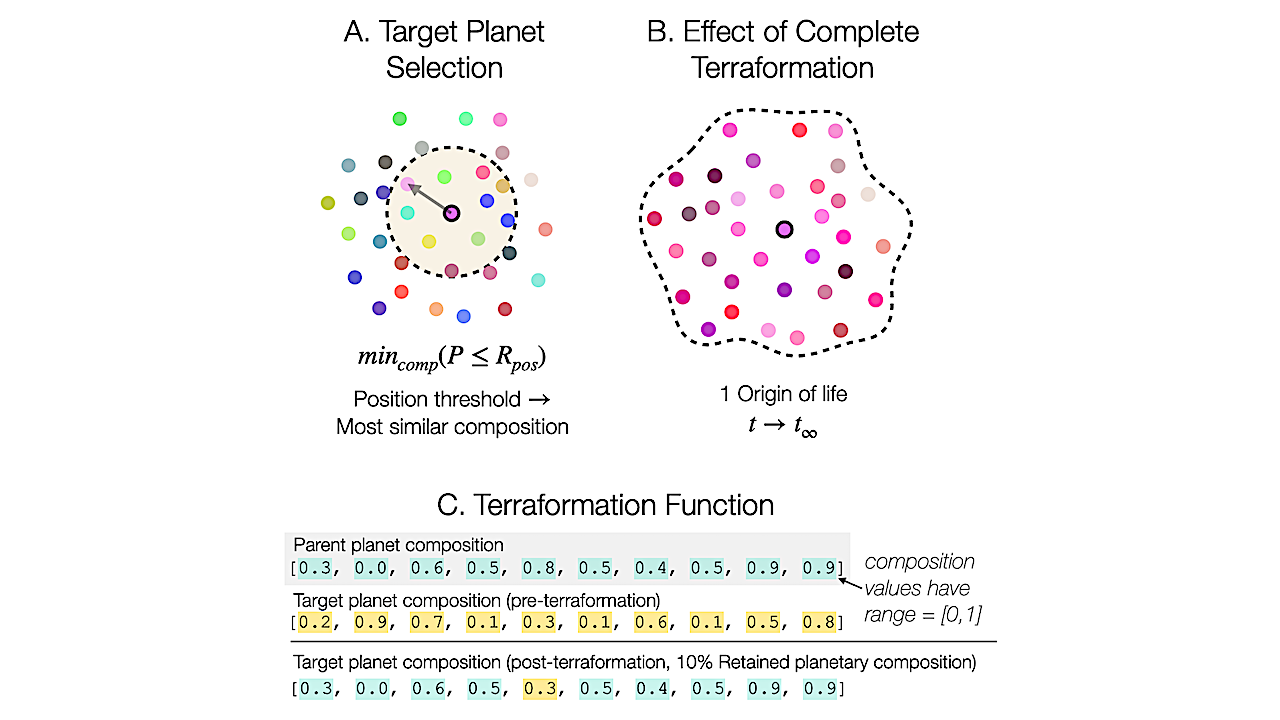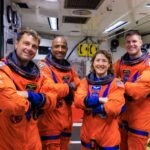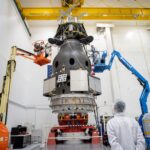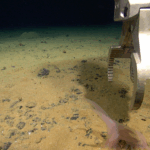Now Reading: Webb brings dying star’s energetic display into full focus
-
01
Webb brings dying star’s energetic display into full focus
Webb brings dying star’s energetic display into full focus
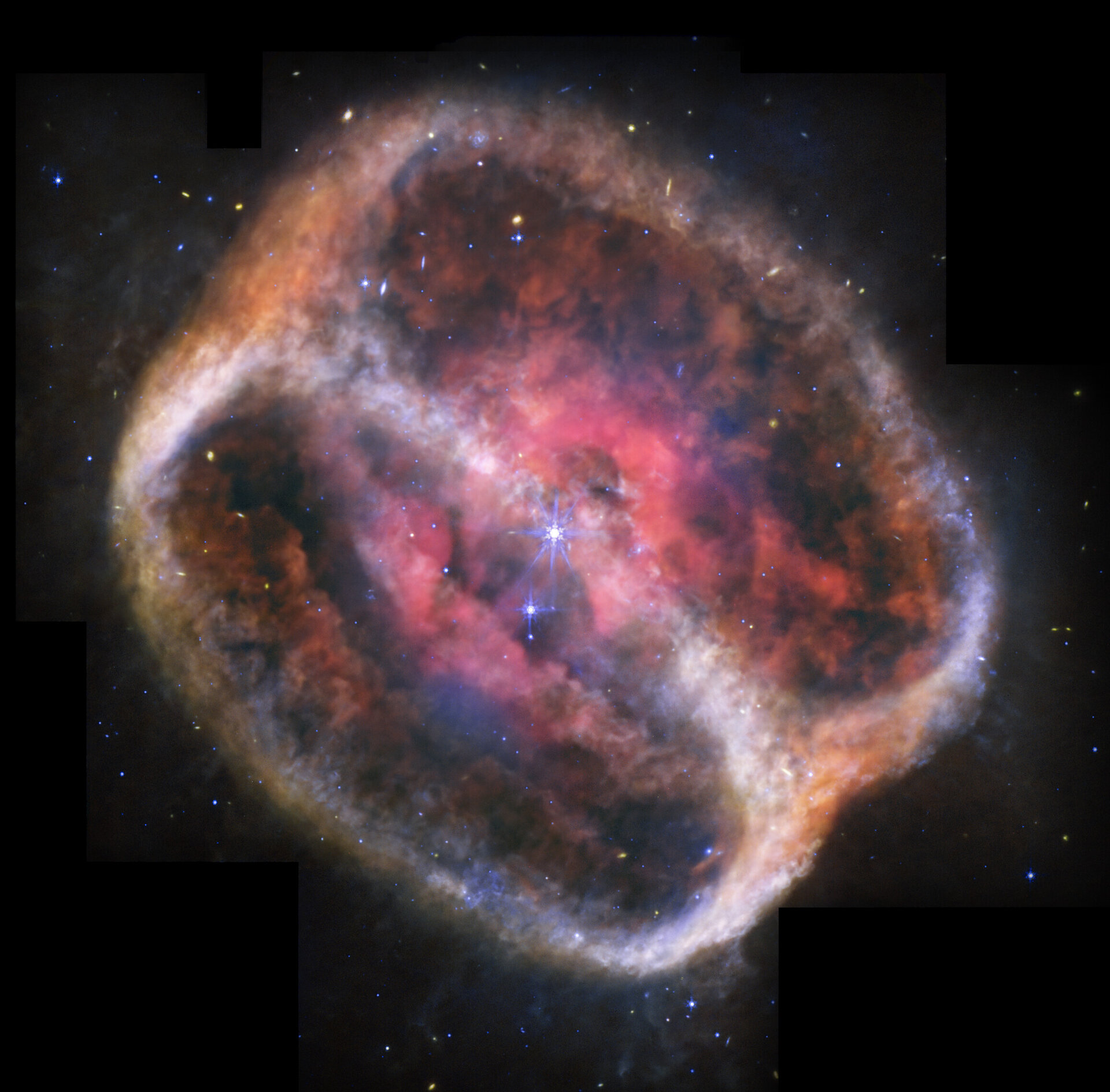

The NASA/ESA/CSA James Webb Space Telescope has taken the most detailed image of planetary nebula NGC 1514 to date thanks to its unique mid-infrared observations. Webb’s image brings out the nebula’s nuances, particularly its ‘fuzzy’ dusty rings and the ‘holes’ in the central pink region where material has broken through. Two central stars, which appear as one in Webb’s image, formed this scene over thousands of years – and will keep at it for thousands more.
Gas and dust ejected by a dying star at the heart of NGC 1514 came into complete focus thanks to mid-infrared data from Webb. Its rings, which were previously only detected in infrared light, now look like fuzzy clumps arranged in tangled patterns, and a network of clearer holes close to the central stars shows where faster material punched through.
The rings around NGC 1514 were discovered in 2010, but now Webb is allowing scientists to comprehensively examine the turbulent nature of this nebula.
This scene has been forming for at least 4000 years – and will continue to change over many more millennia. At the center are two stars that appear as one in Webb’s observation, and are set off with brilliant diffraction spikes. The stars follow a tight, elongated nine-year orbit and are draped in an arc of dust represented in orange.
One of these stars, which used to be several times more massive than our Sun, took the lead role in producing this scene. Once the star’s outer layers were exhausted, only its hot, compact core remained. As a white dwarf star, its winds both sped up and weakened, which might have swept up material into thin shells.
Webb’s observations show the nebula is at a 60-degree angle, which makes it look like a can is being poured, but it’s far more likely that NGC 1514 takes the shape of an hourglass with the ends lopped off. Look for hints of its pinched waist near top left and bottom right, where the dust is orange and drifts into shallow V-shapes. When this star was at its peak of losing material, the companion could have gotten very close, resulting in these unusual shapes. Instead of producing a sphere, this interaction might have instead formed rings.
Though the outline of NGC 1514 is clearest, the hourglass also has ‘sides’ that are part of its three-dimensional shape. Look for the dim, semi-transparent orange clouds between its rings that give the nebula body.
[Image description: What looks like a single large, bright star (but is two) shines with bright purple diffraction spikes at the center of a large, diffuse cylinder of gas and dust that is tipped to the right. At the center is a bright pink clumpy cloud that takes up about 25% of the view. There are two large rings seen at a roughly 60-degree angle that appear joined at top left and bottom right. The edges are denser, and form shallow V-shapes that go inward. The rings appear orange at top left and bottom right, and are blue at bottom and center right. There is diffuse orange material around the body. The black background of space is speckled with tiny stars and galaxies mostly in blues and yellows. Areas Webb did not observe are along the top edges, a thin vertical near the nebula at top left, and at the bottom left and right corners.]
Stay Informed With the Latest & Most Important News
Previous Post
Next Post
-
 012024 in Review: Highlights from NASA in Silicon Valley
012024 in Review: Highlights from NASA in Silicon Valley -
 02Panasonic Leica Summilux DG 15mm f/1.7 ASPH review
02Panasonic Leica Summilux DG 15mm f/1.7 ASPH review -
 03From Polymerization-Enabled Folding and Assembly to Chemical Evolution: Key Processes for Emergence of Functional Polymers in the Origin of Life
03From Polymerization-Enabled Folding and Assembly to Chemical Evolution: Key Processes for Emergence of Functional Polymers in the Origin of Life -
 04How New NASA, India Earth Satellite NISAR Will See Earth
04How New NASA, India Earth Satellite NISAR Will See Earth -
 05And Thus Begins A New Year For Life On Earth
05And Thus Begins A New Year For Life On Earth -
 06Astronomy Activation Ambassadors: A New Era
06Astronomy Activation Ambassadors: A New Era -
07SpaceX launch surge helps set new global launch record in 2024













